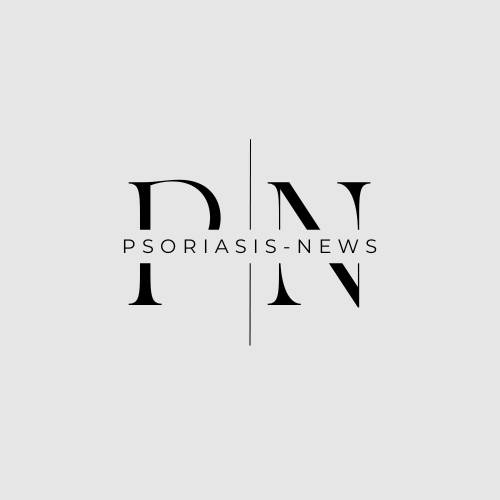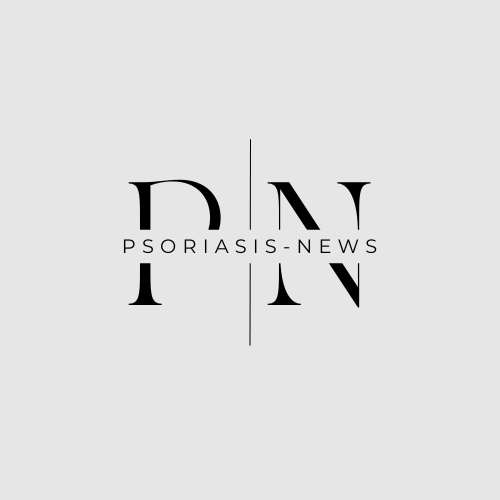J Mol Med (Berl). 2023 Dec 21. doi: 10.1007/s00109-023-02406-4. Online ahead of print.
ABSTRACT
Objective parameters to quantify psoriatic inflammation are needed for interdisciplinary patient care, as well as preclinical experimental models. This study evaluates neutrophil-to-lymphocyte ratio (NLR) and platelet-to-lymphocyte ratio (PLR) in psoriasis patients and five murine models of psoriasis-like skin disease based on topical imiquimod application and overexpression of IL-17A under different promotors. We performed a single-center prospective observational study in a German population, investigating psoriasis patients prior to, 4 weeks, and 16 weeks post begin of systemic anti-inflammatory therapy. Psoriasis area and severity index (PASI), blood count, and C-reactive protein (CRP) levels were attained at each timepoint. Additionally, five murine models of psoriasis-like skin disease involving five distinct experimental procedures differing in time of disease-onset and severity were investigated regarding PLR and NLR. Of 43 recruited psoriasis patients, 34 patients were followed up to 16 weeks. The cohort was 69.77% male, showing a median age of 32.0 years (range 19.0-67.0; IQR 26). The median PASI decreased from 16.35 (8.0-50.0; 10.20) to 1.6 (0-10.3; 2.56) after 16 weeks of systemic therapy. Spearman's correlation showed statistically significant positive correlation for NLR with PASI (rs = 0.27, p = 0.006), however not for PLR. NLR, but not PLR, was significantly associated with PASI in a multiple linear regression analysis including age, sex, psoriasis arthritis, and smoking. In the murine models of psoriasis-like skin disease, both NLR and PLR were significantly increased in the acute-severe models compared to controls (p < 0.001, p = 0.005, and p = 0.02, respectively), demonstrating gradually less increased values from severe-acute to mild-late-onset psoriatic phenotype. NLR was significantly associated with PASI in psoriatic patients as well as psoriatic phenotype in different murine psoriasis models. Our data warrants investigation of NLR in psoriasis patients and preclinical psoriasis models as an objective biomarker of psoriatic skin inflammation. KEY MESSAGES : NLR, but not PLR, showed a statistically significant positive correlation with Psoriasis Area and Severity Index (PASI) in our human psoriasis cohort. Both NLR and PLR were significantly increased in murine psoriasis models compared to matched controls, with gradually less increased values from severe-acute to mild-late-onset psoriatic phenotype. NLR may represent an easily available, cheap, and objective parameter to monitor psoriatic inflammation in both clinical patient routine, as well as preclinical experimental murine models.
PMID:38127137 | DOI:10.1007/s00109-023-02406-4

